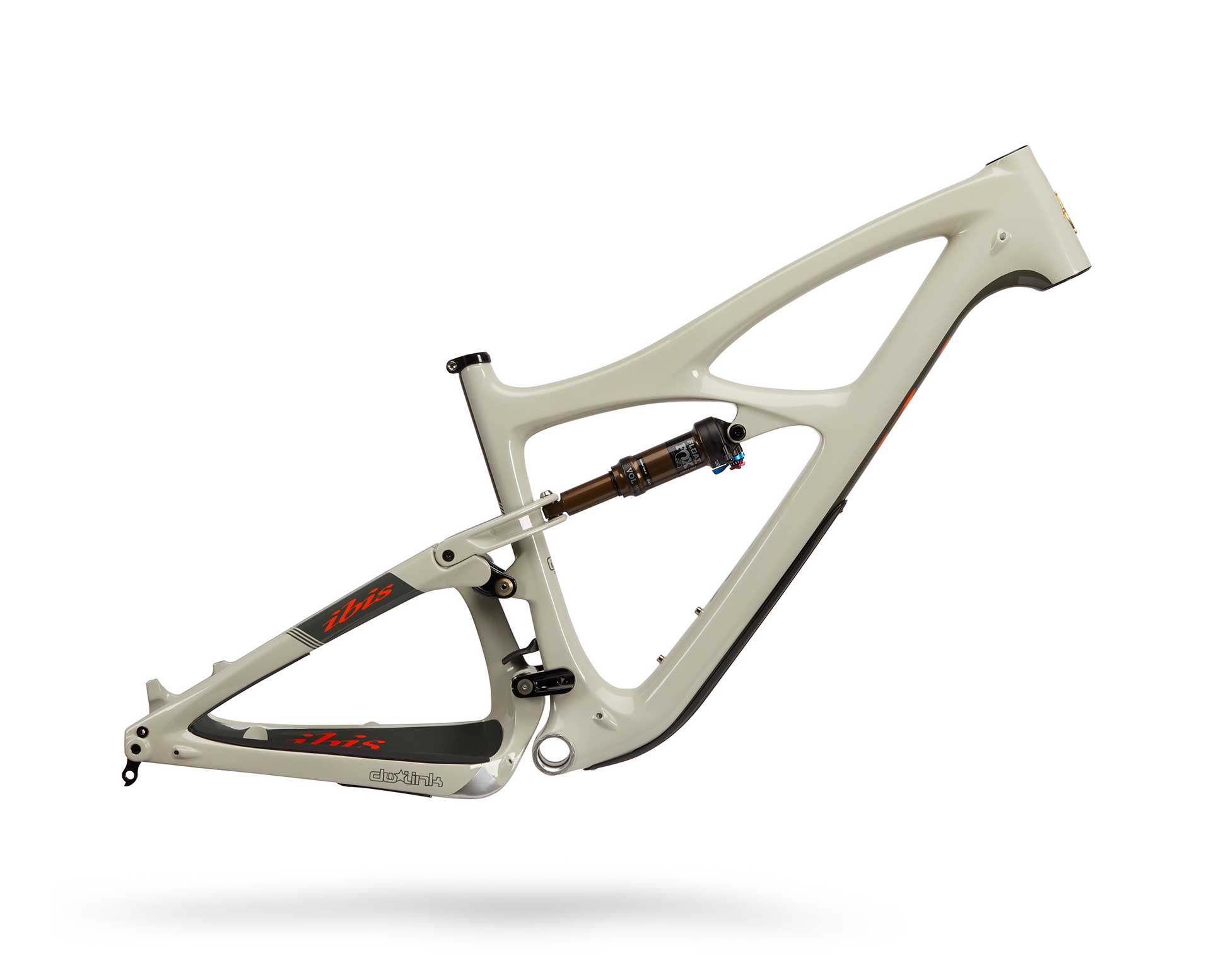
After the new 29in Ibis Ripmo appeared in 2018, followed by the revamp of the Ibis Ripley last year, it perhaps is no surprise that the venerable Ibis Mojo gets pulled into the new decade with the launch of the Ibis Mojo 4. In line with just about everything these days, it has a slacker head tube, longer reach, a steeper seat angle, accommodates longer droppers and gains suspension tweaks pioneered on the Ripmo. But the new Mojo 4 retains the 27.5 wheels of the previous version and it continues as the flagship Ibis trail bike, even if the pesky 29ers have been stealing the limelight recently.
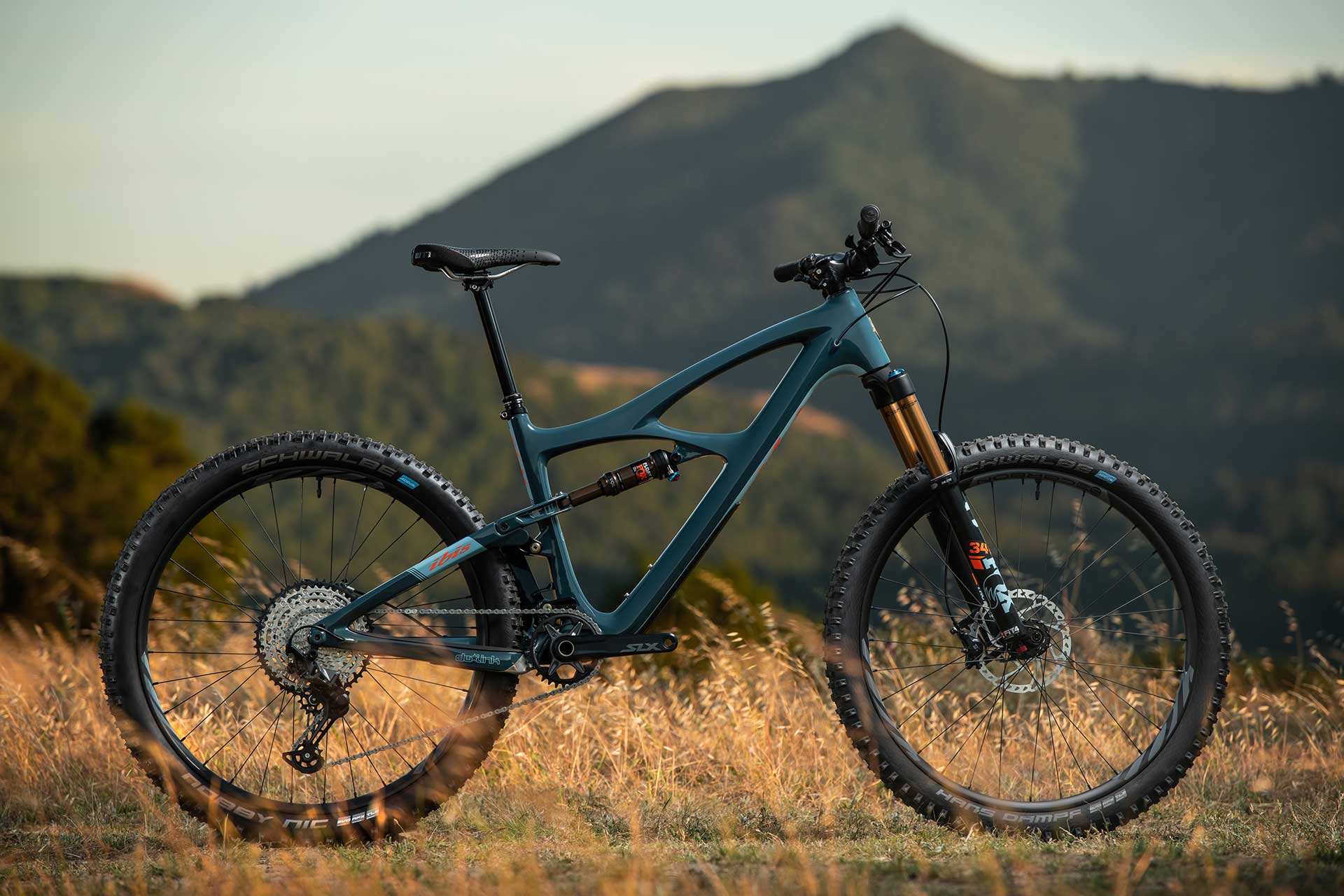
What’s in a Mojo?
The Mojo name is an important one for Ibis, having first appeared on a (steel) Ibis frame back in 1994 and it was the name that helped re-launch the company in 2005 when it introduced its first, full carbon monocoque bike – the (26in wheeled) Ibis Mojo. Since then, the Mojo has gained 27.5in wheels and remained in the line, even while other models were getting radder (like the MojoHD) or going all 29in enduro (like the RipMo)
What’s new?
So, what’s new with the Ibis Mojo 4? Well, a lot of what was new with the recent Ripley v4 really. The geometry has been tweaked to bring it up to date – so it now has a slack 65.4° head angle with a steep 76.7° seat angle. The reach has been increased across the board, so a Medium gets a 460mm reach and a Large, 485mm.
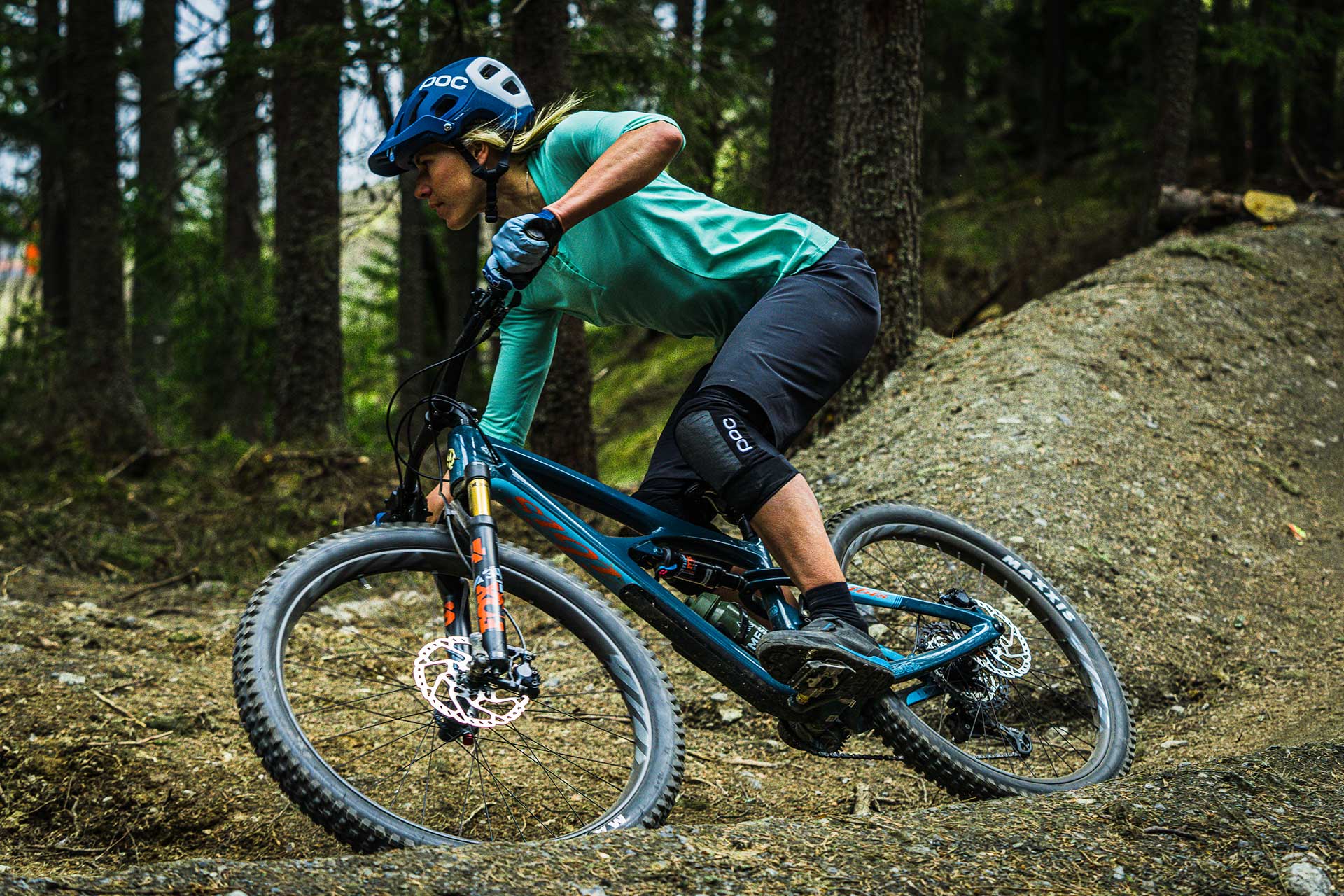
The wheel size remains at 27.5in and the travel is 130mm of DW-Link travel out back, with a 140mm fork specced up front. There are four sized, from Small to XL, fitting riders from 5ft to 6ft 6in. In keeping with modern demands, a full size bottle will fit in all frames while the standover has been reduced so that longer (170mm+) dropper posts will fit size Medium and above (125-150mm on the Small).
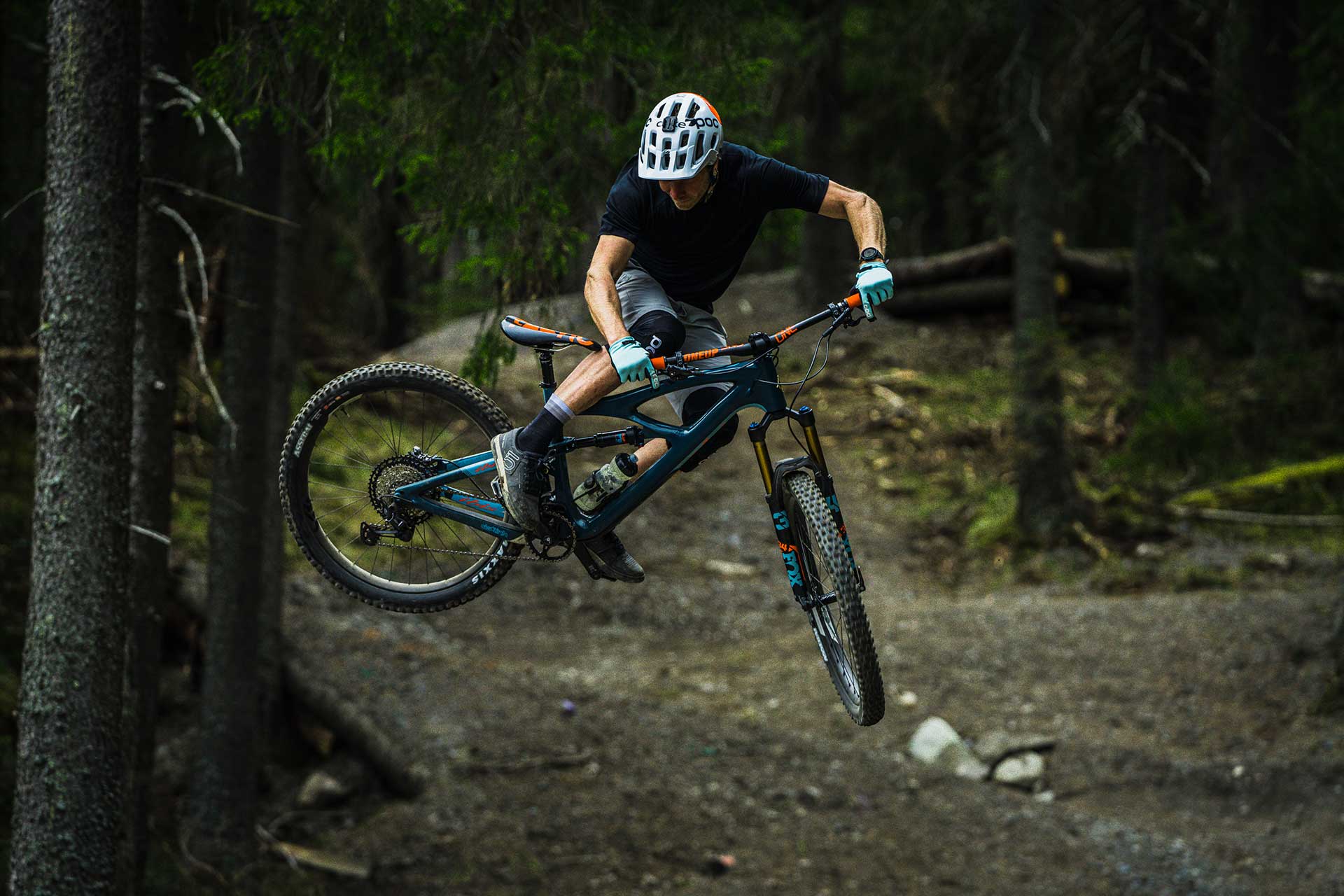
It’s been four years since the launch of the Ibis Mojo 3 and much has changed. For a start, the 27.5 x 2.8in tyres that the Mojo 3 accommodated have fallen out of favour on trail bikes, so the new Mojo 4 ‘only’ takes a 2.6in tyre. Other changes on the Mojo 4 over its predecessor is the newer style, metric shock and a change to the suspension links – the lower one now gets an IGUS bushing, as it only moves a few degrees and this is better suited to a bushing, reckons Ibis. The upper link retains bearings and this has worked well since the RipMo came out. There’s a lifetime warranty on the bushings if you’re that concerned, as well as a seven year warranty on the frame.
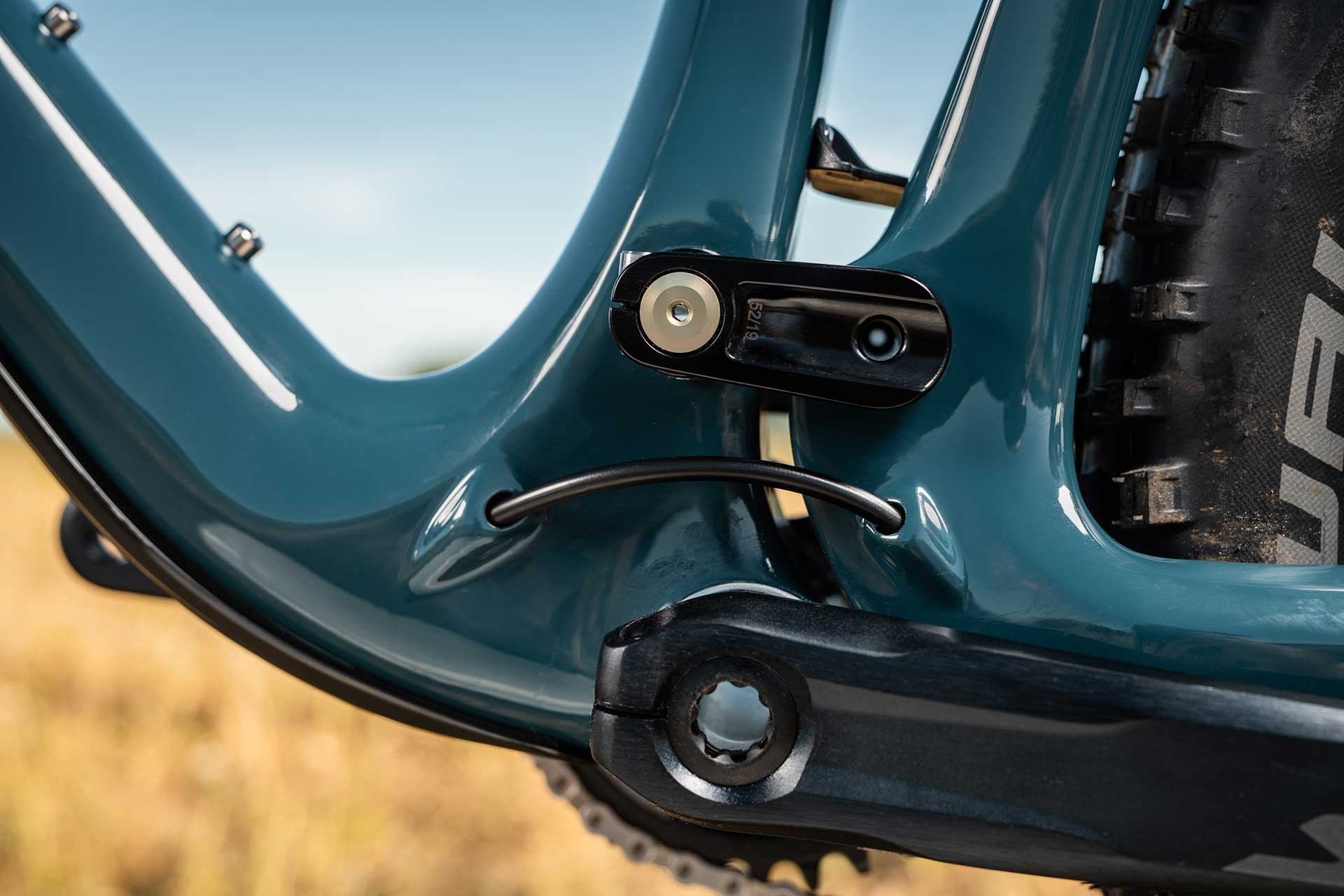
What else? The frame weighs 5.9lbs with a Fox DPS shock, with complete builds starting at 26.7lbs. There’ll be two different colours available: Dirty Whiteboard and Blue Dream and a range of builds, from Deore up to SRAM AXS XX1
And now, it must be time for a feel-good family-friendly film!
Frames and bikes are said to be shipping right now, so head over to ibiscycles.co.uk for more details.
(Pics by Niklas Wallner for action shots and wonderfully named Satchel Cronk for the Mt. Tam glamour shots.)


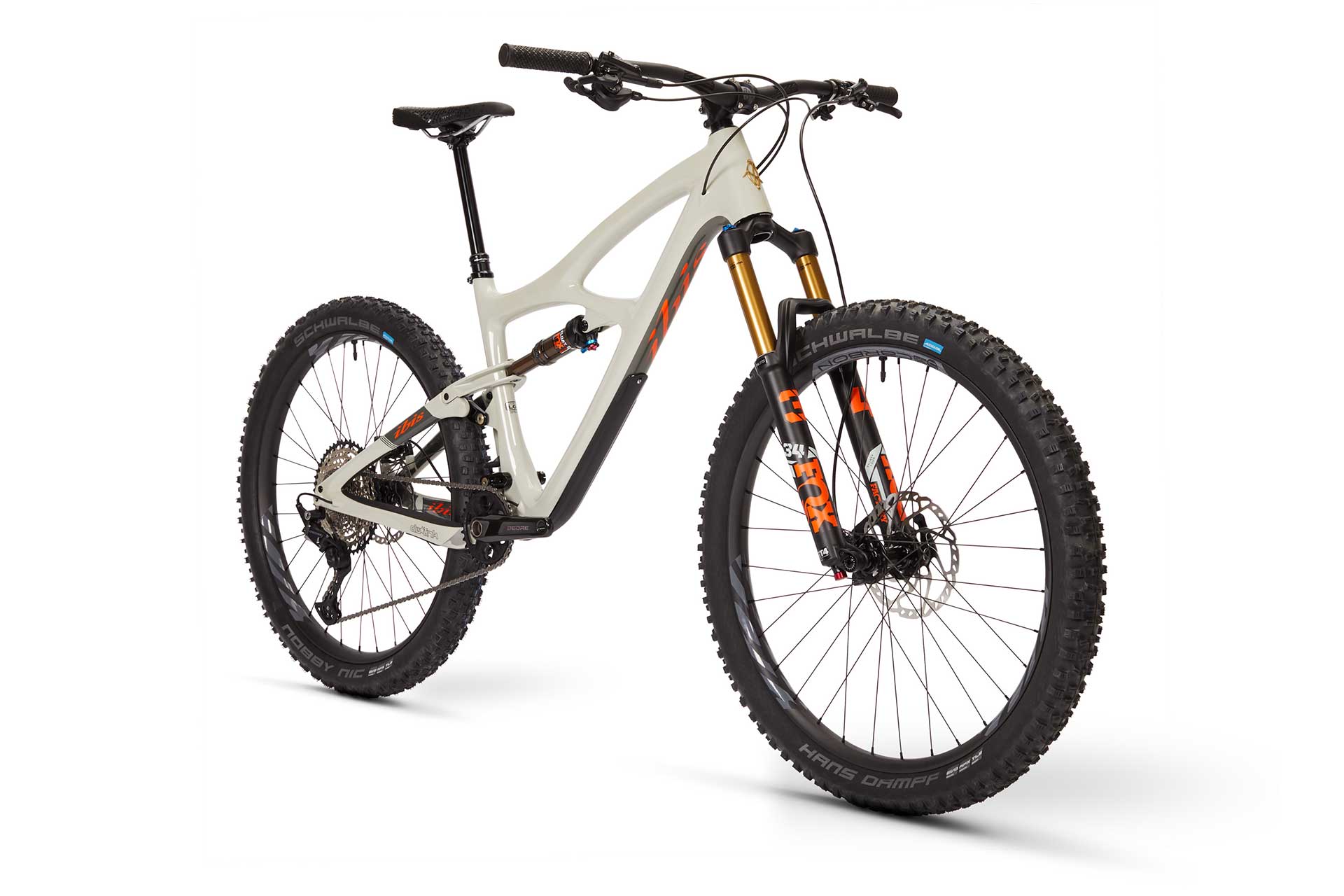
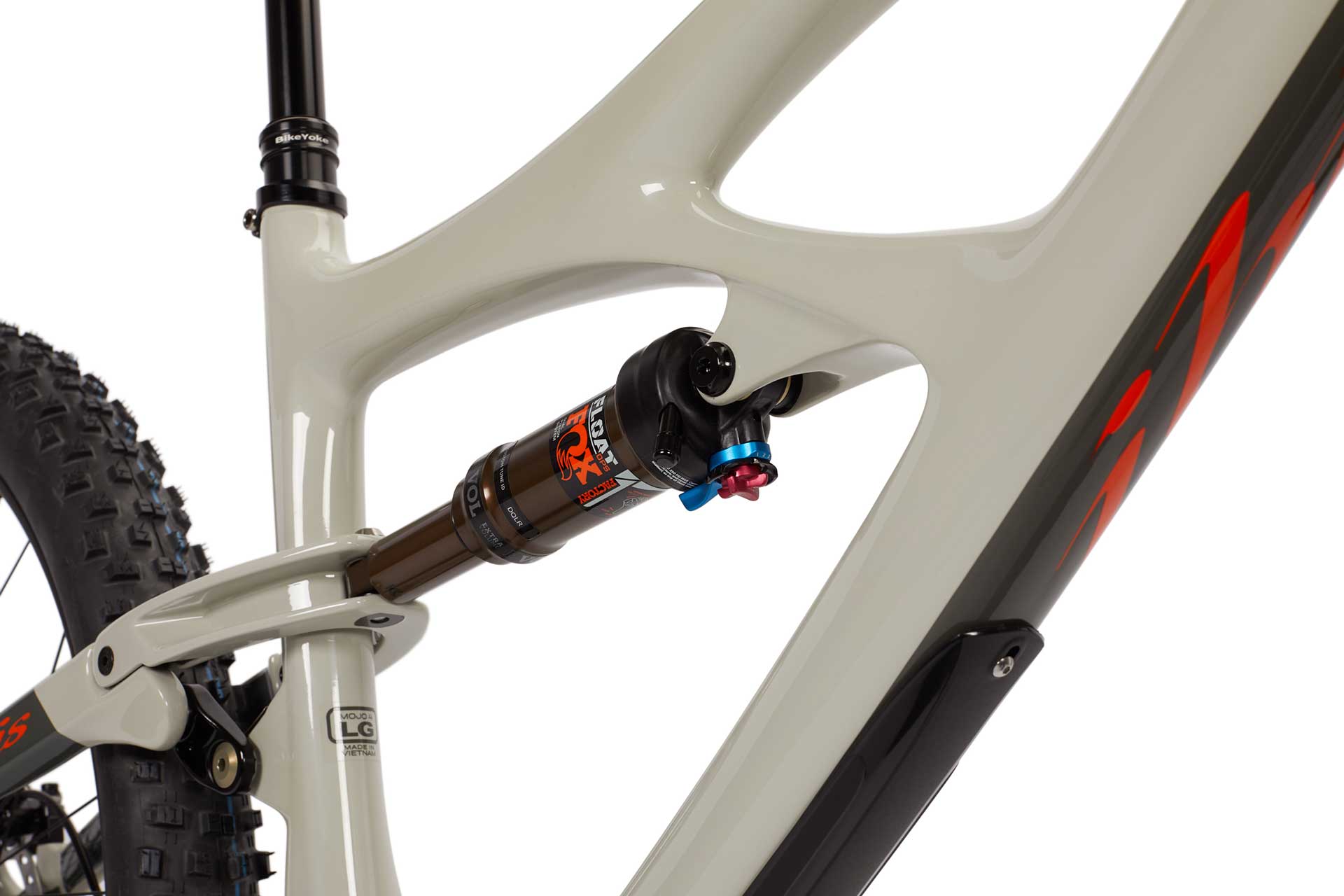
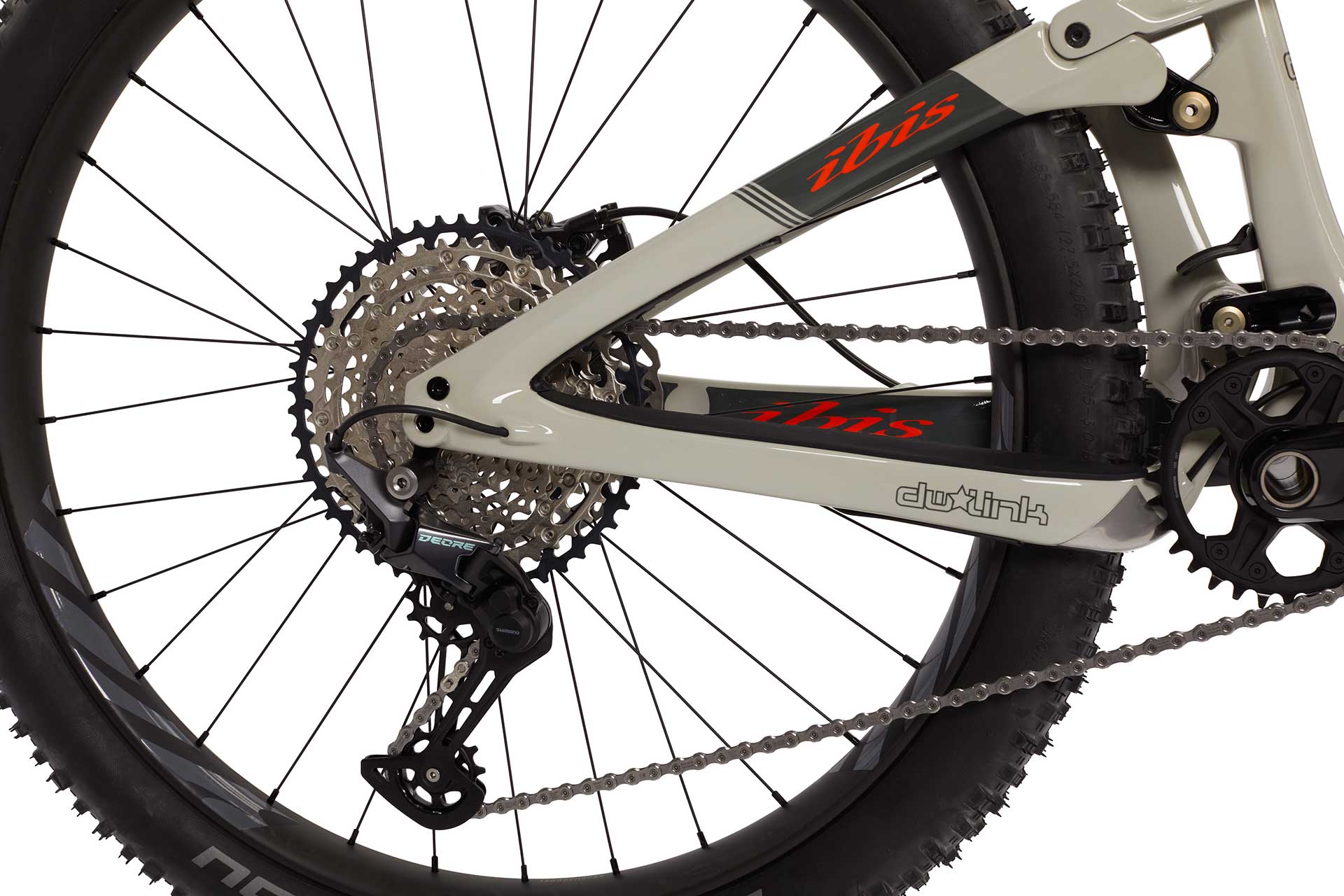
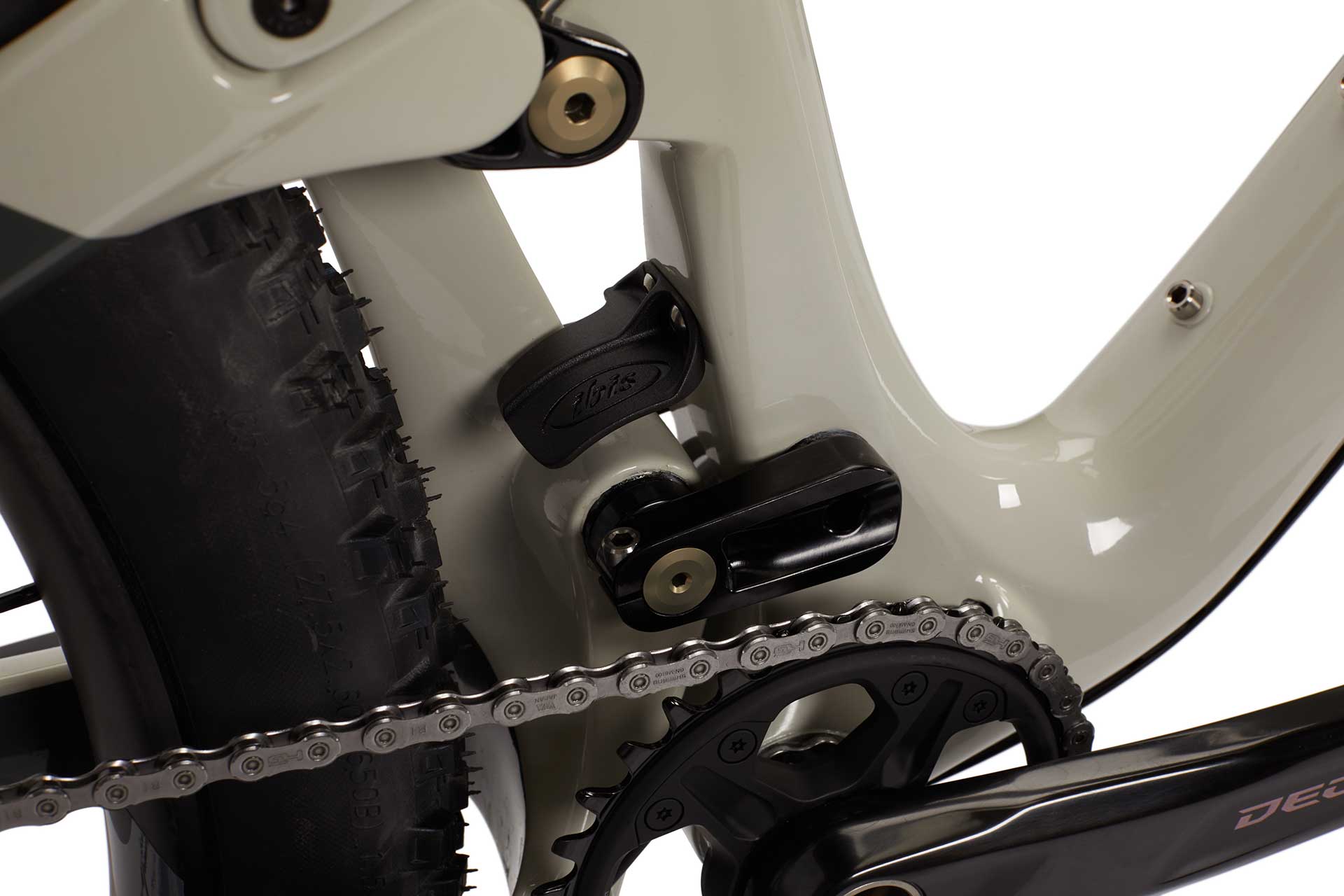
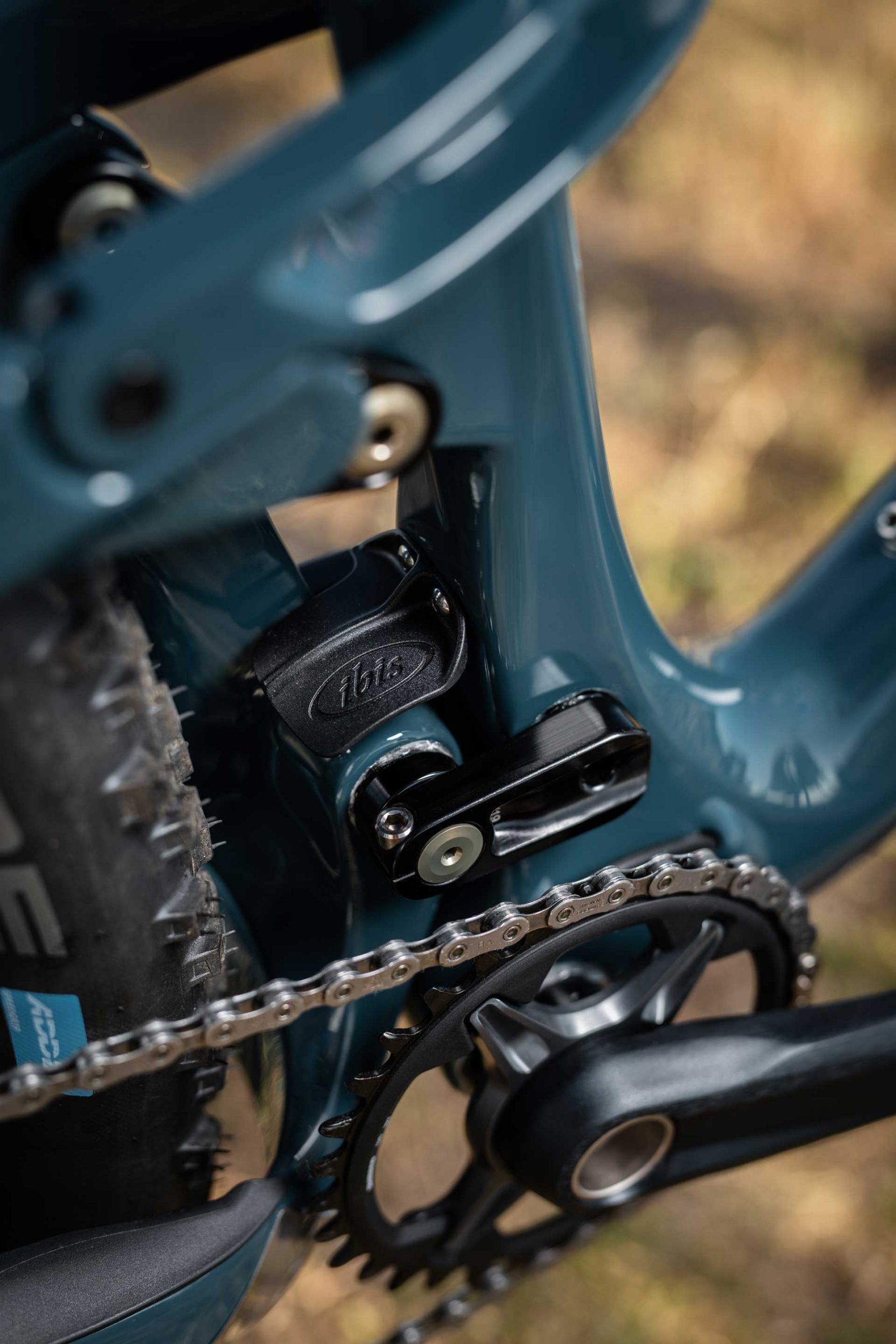

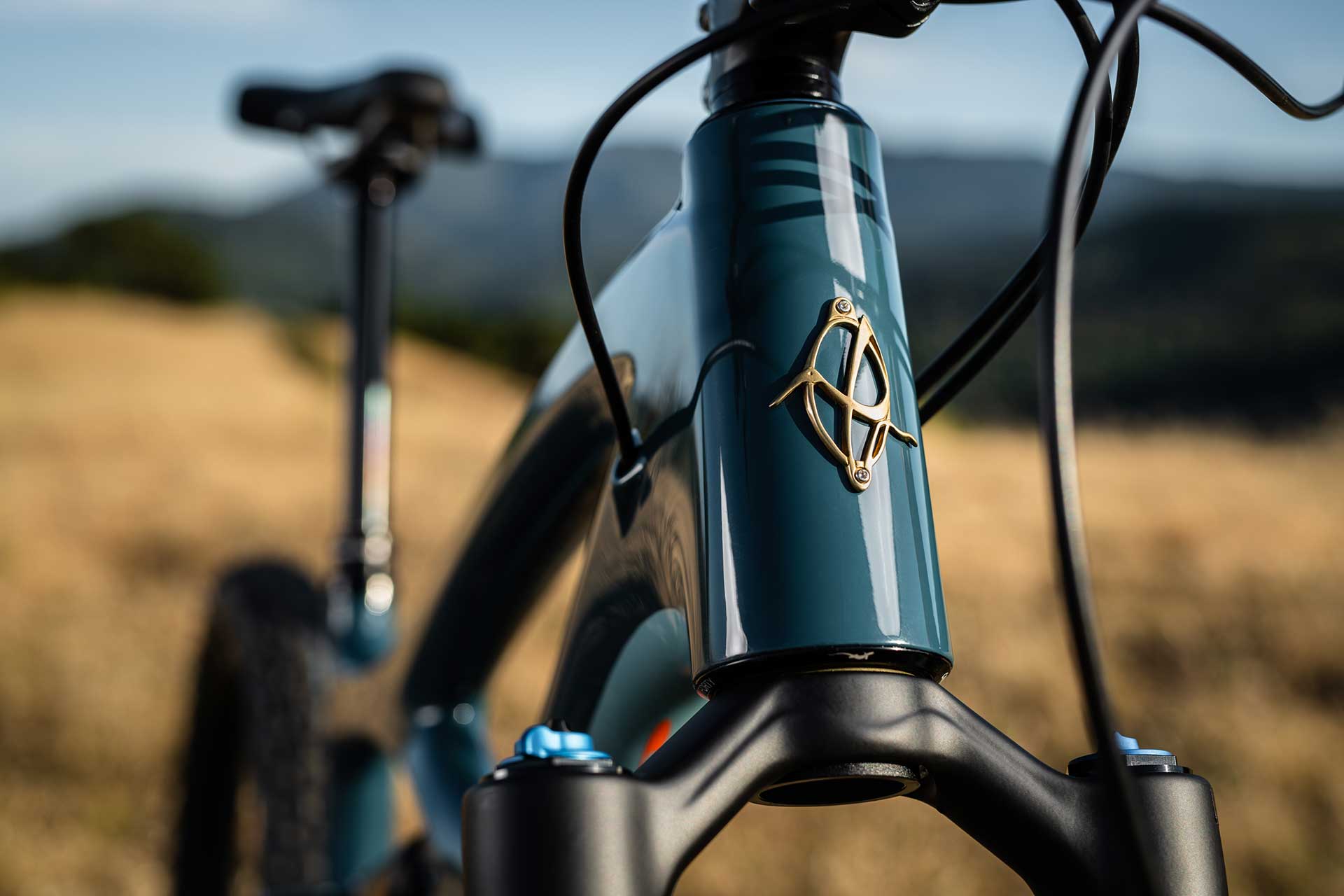




Great to see Ibis staying true to 27.5 on the Mojo platform, my Ripmo may have to go!
Since when was 27.5 dead?
Have to say its a smashing looking bike.
“Since when was 27.5 dead?”
Since the first article that said “27.5 isn’t dead!”. That’s the nail in the coffin.
Have they addressed bb height yet?
@tdog I have 3 Ibises, never had an issue with BB height, what problems have you experienced?
“Since when was 27.5 dead?”
The last couple of Ibis bikes were all singing and dancing 29ers (actually RipMo, RipMo AF and Ripley were 29 and HD4 was 27.5…) and given that it was four years since the Mojo, you might think that Ibis had forgotten… Especially as the previous Mojo could crowbar in a 29er wheel too, thanks to a 27+ friendly setup…
Anyway, it’s back and it’s 27.5. Yay! 🙂
https://youtu.be/LUDMy-GplkQ
Dirty white board…. sorry I miss heard you
Let’s just wait and see if anyone buys it before we rush to any conclusions about 27.5s health.
my local trails in that video. Well, apart fro the ones at Robin’s house.
This might be the bike that replaces my V1 Ripley.
They are offering a Deore and SLX build but all bikes get the same shock and forks so it makes sense to buy the base model and upgrade as required. To be honest having built my son a Five with SLX 12 speed I don’t really know why you would want anything more.
Despite currently having a DH3, and liking the look of this, I’m sure I’d end up with the Ripley over the Mojo.